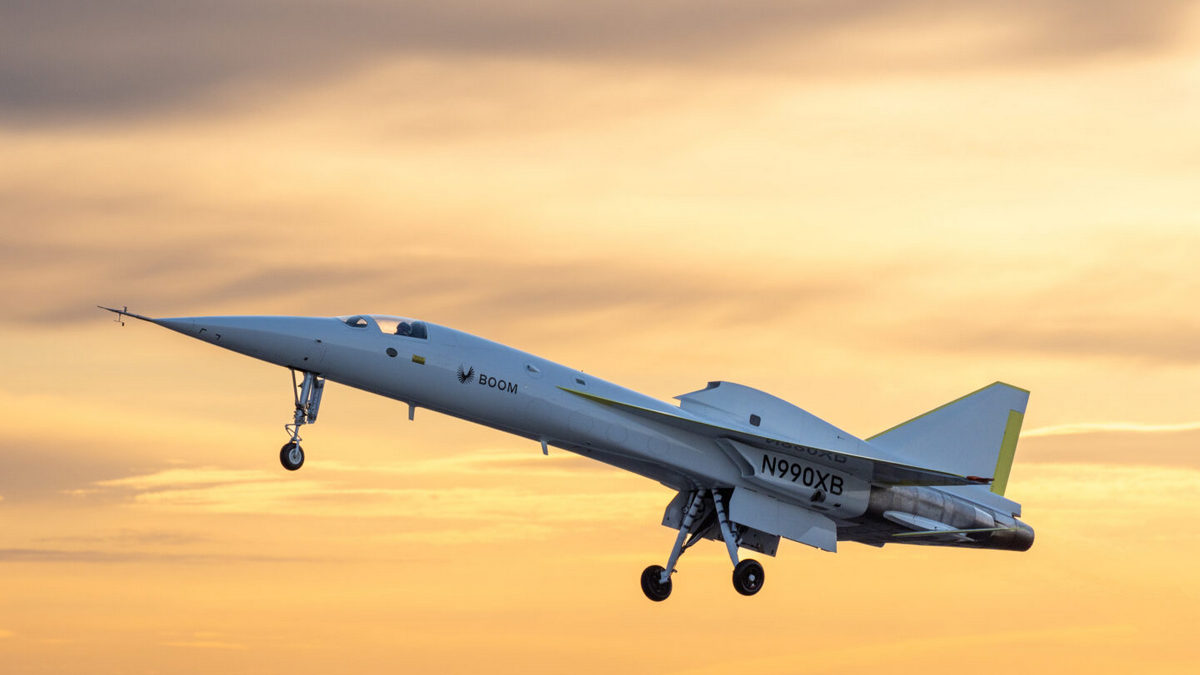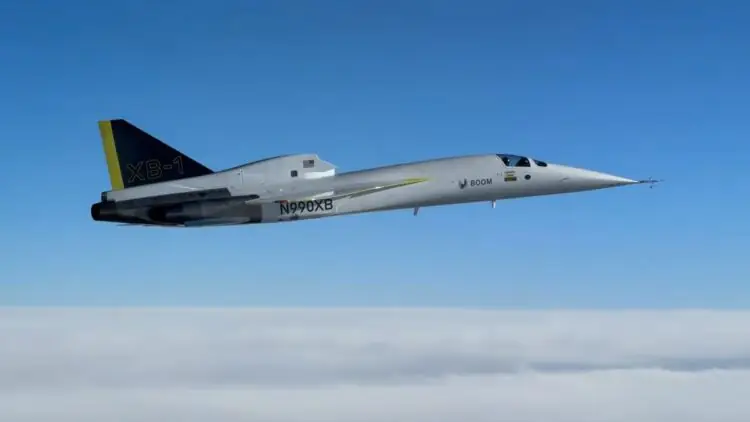For the first time in more than twenty years after the legendary Concorde aircraft was retired, US President Donald Trump signed a decree lifting the ban on supersonic flights over land throughout the country.
This restriction has been in place since 1973, when it was introduced due to numerous complaints from US residents about the extremely loud sound that accompanied the aircraft crossing the sound barrier at a speed of over 2,400 km/h. The so-called ‘sonic boom’ created noise on the ground of up to 110 dB, which is comparable to a car horn at close range.

For the first time in more than twenty years after the legendary Concorde aircraft was retired, US President Donald Trump signed a decree lifting the ban on supersonic flights over land throughout the country.
The cancellation of this ban could give a new impetus to the development of air travel and significantly reduce its duration. For comparison: British Airways’ Concorde set the record for the fastest transatlantic flight, covering the London to New York route in less than three hours. For conventional aircraft, this journey takes about 8-9 hours.
The executive order signed on June 6 states: “This document initiates a broad nationwide effort to restore the United States’ leadership in high-speed aviation. Updating outdated regulations and applying the latest technologies will give our engineers, entrepreneurs, and innovators the opportunity to create the next generation of aircraft – faster, quieter, safer, and more efficient than ever before.”
The Concorde was discontinued in 2003, a few years after the Air France plane crash near Paris that claimed the lives of all 109 people on board. Following this tragedy, interest in supersonic passenger flights waned, with leading aircraft manufacturers focusing on developing aircraft with greater efficiency, reduced noise and increased reliability.

In recent years, however, several new companies have renewed their interest in developing supersonic passenger aircraft. They face a challenging task: to replace the loud sonic boom with a quieter alternative, design new shapes and materials capable of operating at very high speeds and altitudes, and build planes that are significantly faster than their predecessors.
Among the main players in this new market are:
- NASA and Lockheed Martin, who are working together on the X-59 model, the first flight of which is scheduled for the near future
- Boom Supersonic, whose experimental aircraft recently broke the sound barrier without the use of a traditional air cushion
- Hermeus, which conducted a test flight of its Quarterhorse Mk 1 last month
- Venus Aerospace, which plans to create a 12-seat Stargazer aircraft with a maximum speed of Mach 9 (about 11,100 km/h) by 2030.
The decree opens up new opportunities for companies like these that are looking to develop hypersonic flight technology in the coming years to meet the growing global demand for ultrafast air travel.

However, the main question remains whether these projects will be able to stand the test of time and technology, ensuring a sufficient level of safety and compliance with modern aviation standards. For now, it is difficult to say which of the ambitious plans will actually take off.
Source: NewAtlas









